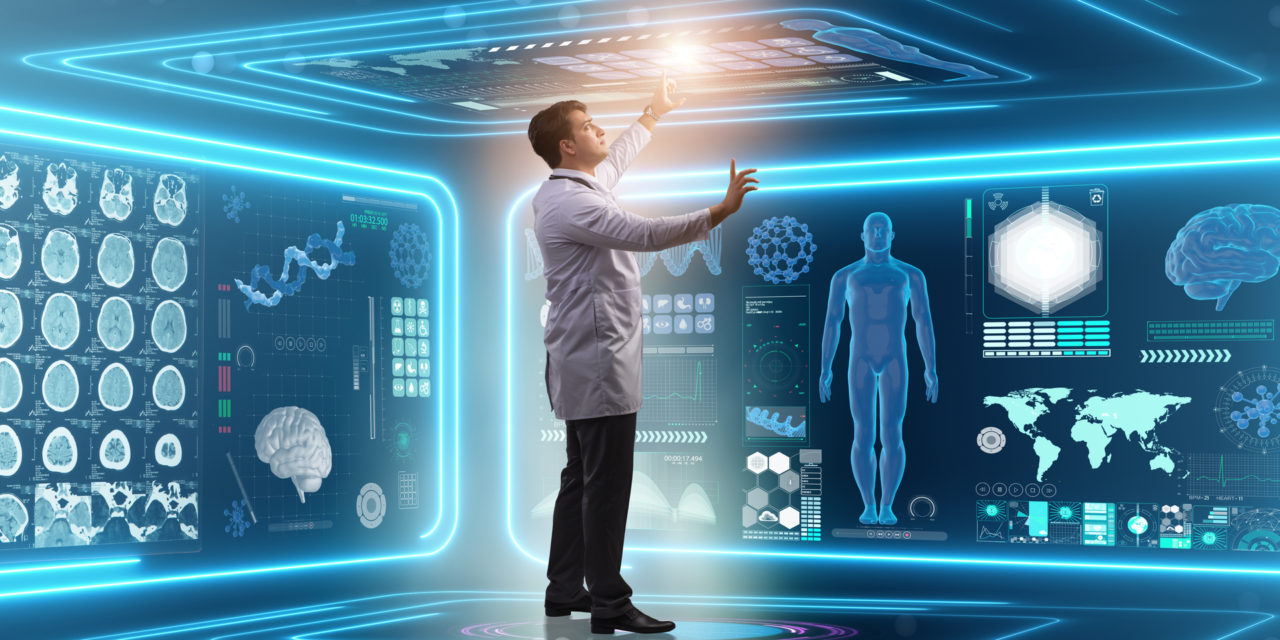Click the button below for instant access to the association’s healthcare solutions. It’s more than medical!
Healthcare Solutions
In a heartbeat, the future will be here. Is your business ready for its healthcare benefits needs?
Contact your benefits specialist today for more information on association programs that can help you remain compliant and ready for the future!
The year is 2022. The quantified self is alive and well, digital technologies have transformed the culture of healthcare and new entrants have disrupted delivery models. These are some of the predictions in our Life sciences and healthcare Predictions 2022 report, which paints a picture of a healthcare world that is very different to the world in 2018.
The quantified self is alive and well
The genome generation is more informed and engaged in managing their own health
Prediction
[expander_maker id=”1″ more=”Read more” less=”Read less”]
In 2022, individuals are better informed about their genetic profile, the diseases they have or might develop, and the effectiveness of health interventions. They are more engaged in improving their own health, and their expectations of health care for themselves and their loved ones are high.
The ‘quantified self’ has embraced prevention and is devoting time, energy and money to staying healthy, including using regulated and validated health apps and wearables. When ill, patients demand specific treatments and are also willing, in part, to pay. Patients are true consumers; they understand they have options and use information and data about themselves and providers to get the best treatment at a time, place and cost convenient to them. Wearables now operate silently, but powerfully, in the background. They are proactive and pre-emptive, rather than simply a monitor. The adoption of technology and reablement services are keeping people connected and active and helping to reduce the cost of health care.
The World in 2022
- The quantified self-means people are active participants in managing their own health and wellbeing.
- There is now broad adoption of bio-sensing wearable devices (interoperable, integrated, engaging and outcomes-focused) – the technology has become much cheaper and more sophisticated, and the quality of data has improved.
- New generation wearables continuously monitor a broad range of physiology, with service users supported to use the data to improve prevention.
- Wearables and connected devices are helping seniors age in place, alleviating, to an extent, the growing care gap.
- Interactive ‘health app libraries’ help people choose the most appropriate health apps and digital technologies and signpost individuals to a suite of approved digital health engagement tools.
- Voice technology is widely adopted, as people become more comfortable with secure, voice-based authentication services.
- Older people and those with dependencies are supported by virtual assistants to live more independently.
- Most people now expect to be offered telemedicine services, and many prefer first contact with a physician to be via telemedicine.
- People share their health data willingly with health providers, much like consumer data.
- Gamification, using a system of incentives and rewards, helps influence healthier behaviors.
- Patient groups have formed digital networks to support each other in managing their health, sharing best practices and lowering medical costs by tapping into the knowledge of the crowd.
Conquered constraints
- People accept that they are largely responsible for their own health; incentives for good behavior are now firmly established – from reductions in co-payments to tax incentives (e.g. for not smoking}.
- Payers and providers have created more patient· centric care delivery models that involve increased collaboration and shared decision making.
- People can access real-time information about the performance and outcomes of providers, including how personal information is used and protected, improving trust.
- Payers and providers have developed reliable risk mitigation strategies that demonstrate the effective use and prevent misuse of personal information.
- Health apps and digital technologies are ‘kite-marked’ to demonstrate they meet global compliance standards.
- Regulators have been instrumental in supporting the use of telemedicine technology based on new, reliable digital tools, including medications management, with most payers offering a menu of reimbursement options and/or tariff payments.
- Clarity over the role of insurance companies and how they can use data has reduced concerns over data sharing, albeit a ‘healthy’ level of distrust remains.
Information sourced from The Deloitte UK Centre for Health Solutions, which generates insights and thought leadership based on the key trends, challenges, and opportunities within the healthcare and life sciences industry. These insights were taken from “The future awakens: Life sciences and healthcare predictions 2022”
[/expander_maker]



















![Webinar replay! [Ask a Lawyer] Best hiring practices](https://wahospitality.org/wp-content/uploads/2024/05/CatherineHiring-webinar-150x150.png)









